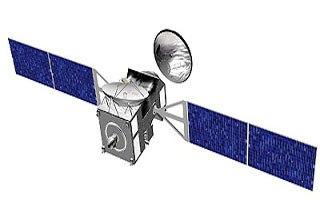
An artist's impression of the ESA/NASA ExoMars Trace Gas Orbiter.
WASHINGTON (BNS): NASA and European Space agency (ESA) will perform new scientific experiments for the new Mars lander that will launch in 2016.
The new Mars lander which is also called as Entry, descent, and landing Demonstrator Module (EDM) will probe the atmosphere and send the first ever data on electrical fields at the surface of Mars.
“The EDM will be landing during the dust storm season. This will provide a unique chance to characterise a dust-loaded atmosphere during entry and descent, and to conduct interesting surface measurements associated with a dust-rich environment,” ESA quoted Jorge Vago, ExoMars Project Scientist as saying.
For the descent phase, two proposed investigations called Entry, Descent and Landing (EDL) Science and IDEAS (Investigations During Entry and Atmospheric Science) were selected and combined into one Entry and Descent Science programme.
ESA and NASA are jointly developing the two programmes on Mars after ExoMars 2016 an programme ExoMars 2018, will drop a rover onto the Red Planet to look for evidence of past or present life.
Once on the surface, the DREAMS (Dust characterisation, Risk assessment, and Environment Analyser on the Martian Surface) scientific payload will function as an environmental station for the two to four days of the surface mission.
DREAMS will also make the first measurements of electrical fields at Mars' surface, ESA officials said. Electrical fields are likely to be generated when grains rub against each other in the dust-rich atmosphere.
The EDM will also have a color camera system. No design has yet been chosen for the camera, but a decision is expected before the end of this year, officials said.
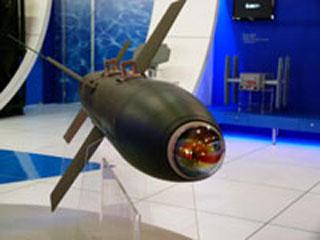 Previous Article
Previous Article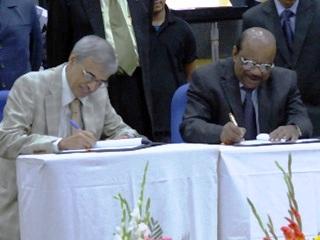 Next Article
Next Article

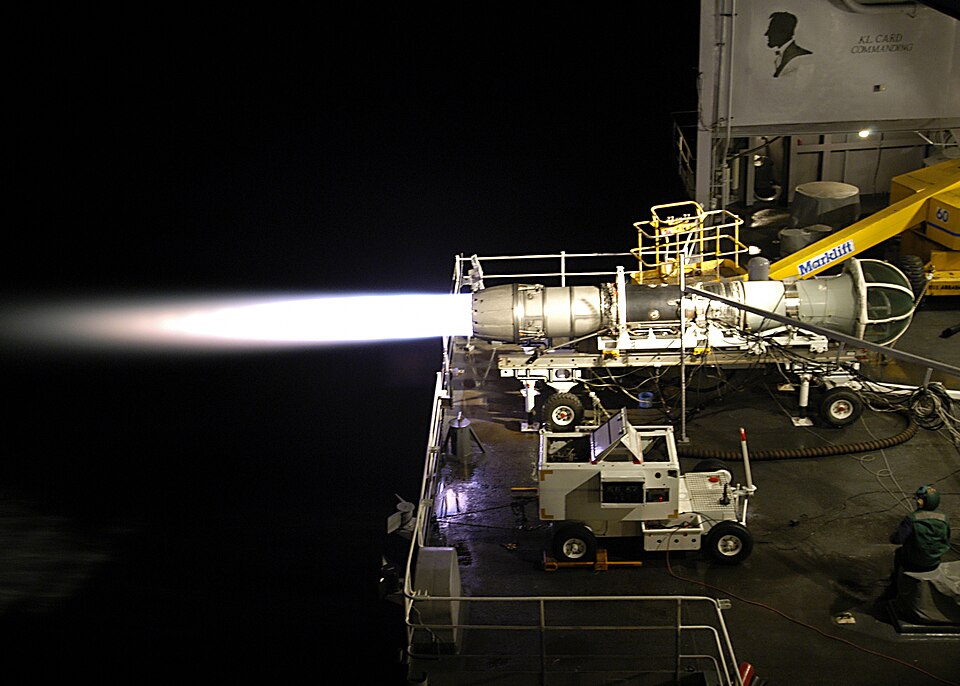
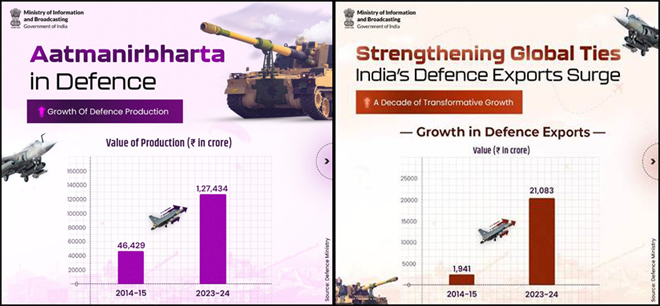










The Indian Air Force, in its flight trials evaluation report submitted before the Defence Ministry l..
view articleAn insight into the Medium Multi-Role Combat Aircraft competition...
view articleSky enthusiasts can now spot the International Space Station (ISS) commanded by Indian-American astr..
view article